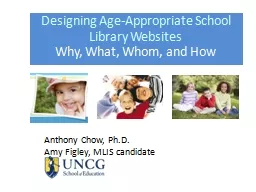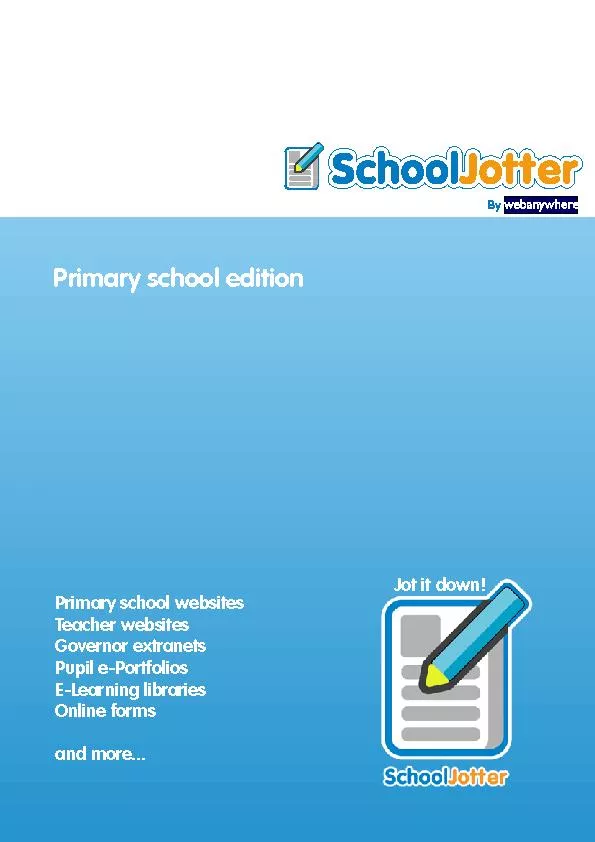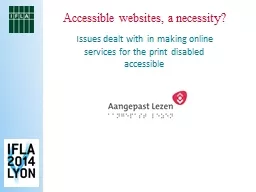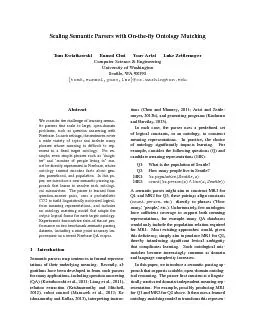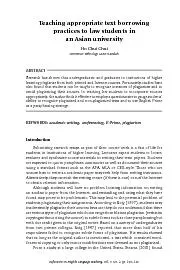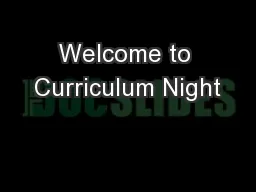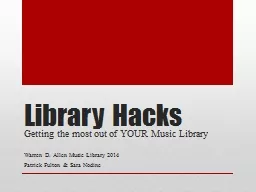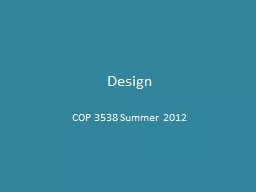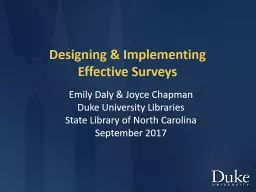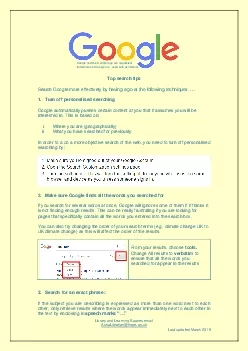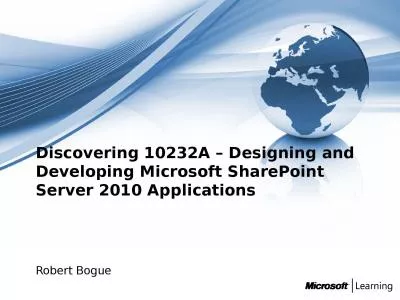PPT-Designing Age-Appropriate School Library Websites
Author : majerepr | Published Date : 2020-06-22
Why What Whom and How Anthony Chow PhD Amy Figley MLIS candidate What makes a great school library website 2 of 38 Presentation Overview What have others done
Presentation Embed Code
Download Presentation
Download Presentation The PPT/PDF document "Designing Age-Appropriate School Library..." is the property of its rightful owner. Permission is granted to download and print the materials on this website for personal, non-commercial use only, and to display it on your personal computer provided you do not modify the materials and that you retain all copyright notices contained in the materials. By downloading content from our website, you accept the terms of this agreement.
Designing Age-Appropriate School Library Websites: Transcript
Download Rules Of Document
"Designing Age-Appropriate School Library Websites"The content belongs to its owner. You may download and print it for personal use, without modification, and keep all copyright notices. By downloading, you agree to these terms.
Related Documents

